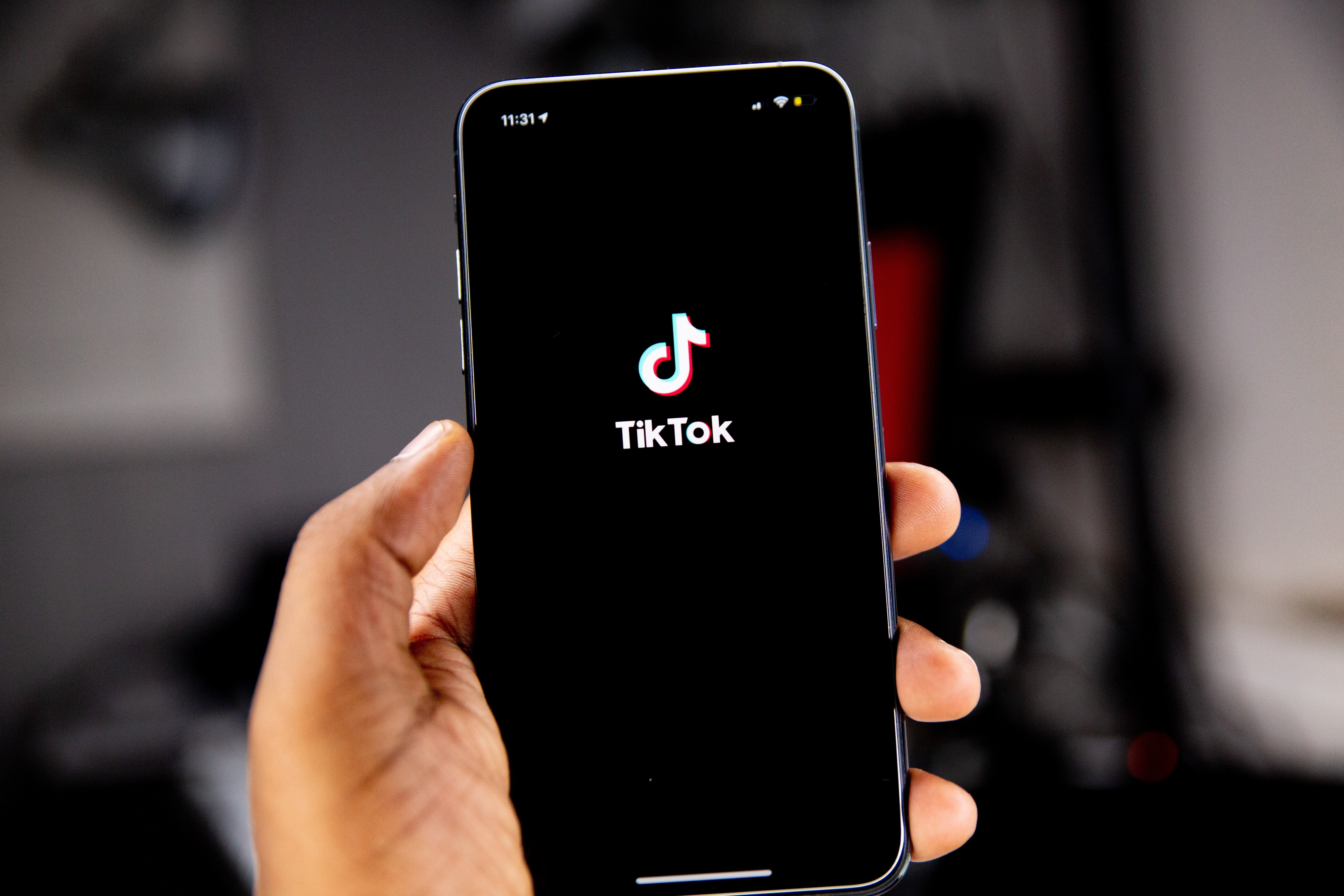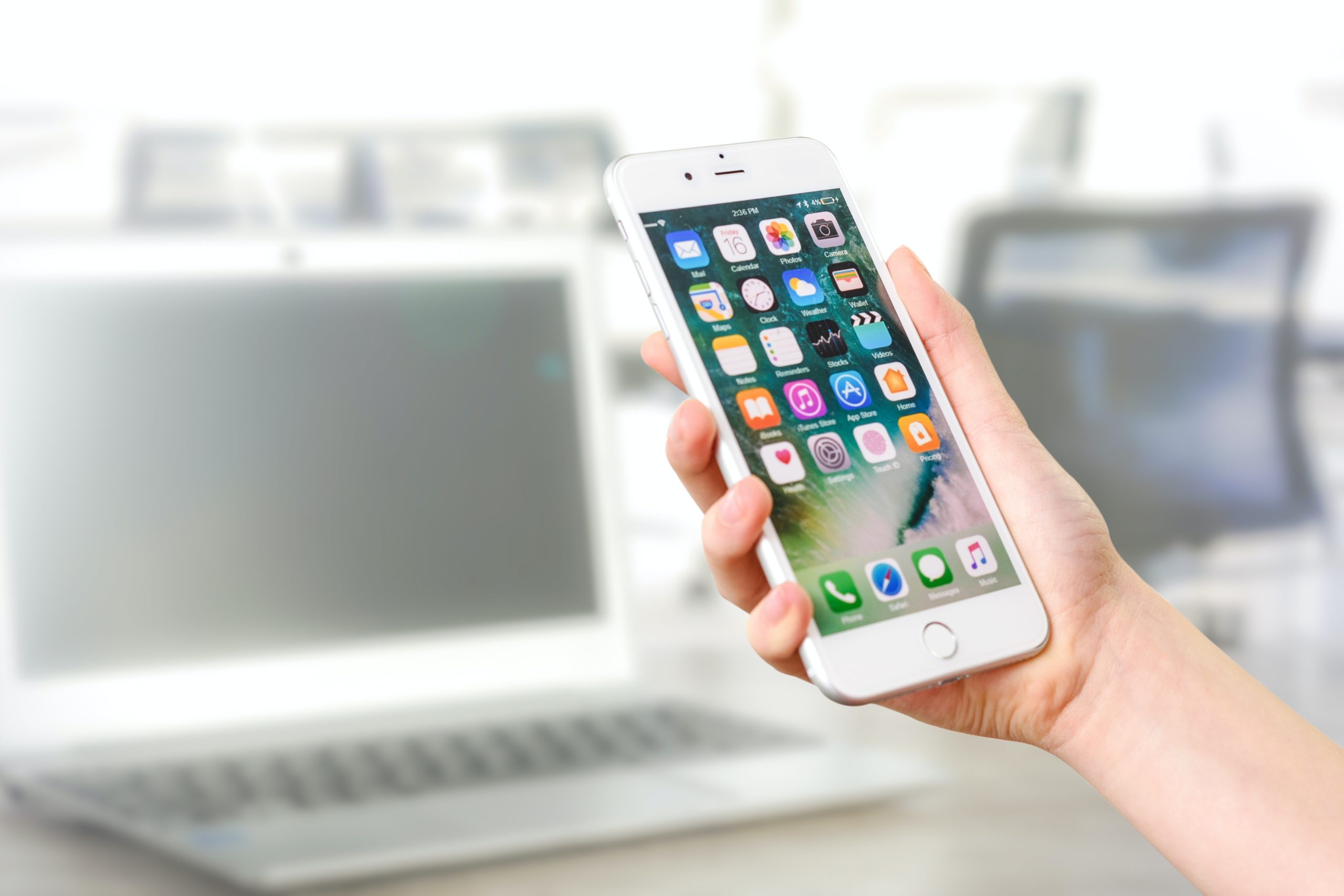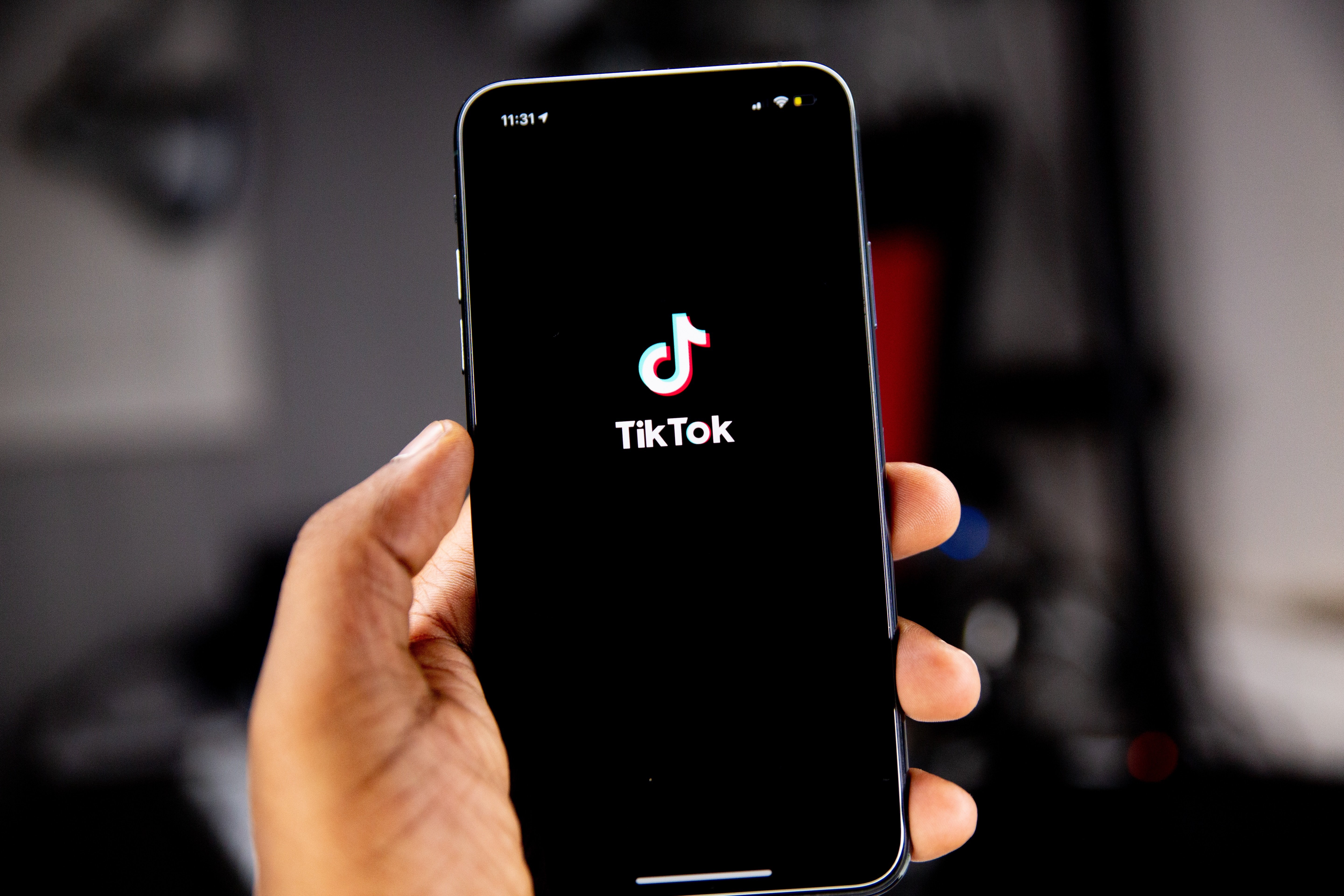RESOURCES
The Importance of Brand Safety in 2021 by Platform
Brand safety is more crucial than ever before. Especially after a whirlwind of a year that forced brands, retailers, and digital marketers to step outside of the box to remain relevant. As advertisers embrace more platforms and the industry evolves, it should be a top priority. In this blog post, we share a refresher on what brand safety means and explain how it applies to a variety of platforms.
What is Brand Safety?
The concept of brand safety is broadly defined as maintaining a brand’s reputation when advertising online. With this, it's up to advertisers to ensure ads aren't serving alongside content or on websites that could damage their reputation. This has become increasingly important, and challenging, amid digital advertising's rapid growth. And it will remain top of mind as brands leverage many social platforms and online marketplaces to reach customers. At Code3, our teams follow brand safety best practices when creating campaigns to minimize risks. We lean on the safeguards and guidelines various platforms have implemented to keep our clients protected.
High-Level Platform Specifics
Facebook and Instagram
When creating advertising campaigns for our clients, we can be confident in Facebook's ad review system. It includes the use of third-party fact-checkers that consider dozens of languages. And it utilizes blocklists to give advertisers control over which sites ads are being served. This same review system, in addition to a variety of policies, applies to campaigns created for Instagram, Whatsapp, and Audience Network.
Google and YouTube
Just this year, YouTube became the first digital platform to receive accreditation for brand safety from the Media Rating Council (MRC). Brands that advertise on Google and Youtube can be assured their ads and reputation will be protected. These platforms invest heavily in a variety of measures to make this possible. With this, our efforts at Code3 are more effective and supplemented by the platforms' dedication to policy development.
Like most major social platforms, Pinterest is against any hateful, misleading, or violent content on its platform. Taking this a step further, Pinterest prevents advertisers from targeting sensitive audiences. Campaigns targeting users by race, financial status, religious beliefs, and more are prohibited. Pinterest's commitment to ensuring best practices offers advertisers a built-in brand safety check. This has become invaluable to Code3 and our clients as we increasingly leverage Pinterest in our strategies.
Snapchat
Unlike most social platforms, Snapchat doesn't track vanity metrics such as likes, comments, and shares. Instead, the platform finds value in the unique content curated by its users. With this comes Snapchat's commitment to moderating popular Snaps and Stories. These efforts and guidelines are in place to mitigate the risk of ads being associated with content that could be damaging to a brand’s reputation. To further empower brands, advertisers have the ability to choose where their ads are served on Snapchat.
Twitter prioritizes advertisers and users to ensure a safe experience for all. Advertisers can rely on Twitter's pre-roll brand safety and audience controls. And they can drive optimal results while avoiding undesirable websites. The platform also leverages man-powered processes and automation to ensure guidelines are followed. Our platform partners at Twitter maintain an open line of communication with Code3 about the company’s ongoing commitment to transparency and safety. We actively use this insight to enhance client strategy and protect their efforts.
TikTok
TikTok takes its commitment to protect advertisers seriously. The platform has grown in popularity virtually overnight. And with that came a responsibility to create and enforce extensive guidelines. To ensure it was taking every precaution and measure possible, the platform partnered with OpenSlate.
A key excerpt from TikTok’s announcement of its partnership with OpenSlate is as follows:
"With the introduction of the TikTok Brand Safety Solution, verified by OpenSlate, we apply a high level of safety to verify and filter a variety of content and categories that appear next to branded ads and content. This partnership empowers brands to know and track where their ads are running through pre-campaign solutions as well as with post-campaign analytics."
Again, our teams at Code3 are in regular communication with our platform partners, including those at TikTok. This is a topic of conversation woven into all efforts and one that supports our clients’ strategies.
To ensure LinkedIn's users and advertisers have a safe experience, the platform uses a mix of manual and automatic safety checks. In part, LinkedIn leverages third-party publishers to guarantee campaigns are efficient and protected. And, to reinforce its efforts, LinkedIn engages with several partners; including Pixalate and Integral Ad Science (IAS). These partners help to prevent wasted ad dollars and double down on fraud protection.
Amazon and Other Marketplaces
Amazon Advertising and Amazon DSP implement a variety of measures to maximize brand safety for its advertisers. The company uses Oracle Data Cloud to support its own solutions and policies. And, regardless of whether a brand is using search or programmatic advertising on Amazon, they can trust protection is a priority.
Final Thoughts
Advertising in today's landscape can be overwhelming. There are many platforms to choose from, and most brands are capitalizing on several at a time. When managing a variety of platforms, dozens of campaigns, and your brand's reputation, it's crucial to have a solid partner and team of experts. Should you need additional support, or be curious about how Code3 can position your brand for success, please reach out. We’re here to support you and answer any questions you may have.
Get In Touch
SIGN UP FOR OUR WEEKLY NEWSLETTER

News, Views, and Valuable Resources
Delivered to Your Inbox Each Week




